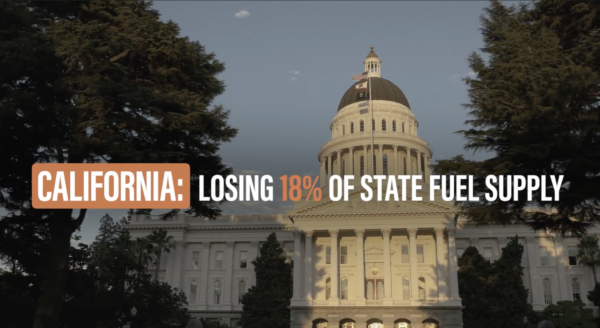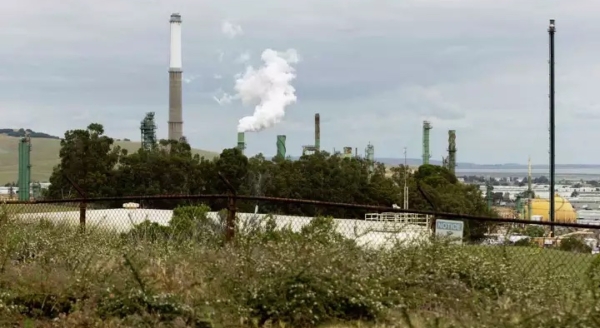As we’ve pointed out before, cutting in-state production of oil and gas does nothing to lower demand for traditional sources of energy across the California economy.
California consumers and businesses require nearly 1.4 million barrels of oil and gas per day to fuel transportation, provide reliable electricity to the power grid, grow and transport food, and power businesses that provide jobs to working families. Petroleum also supplies the raw materials to make more than 6,000 products we depend on daily, including electronic devices, pharmaceuticals, as well as critical medical supplies like masks and other lifesaving equipment.
Currently, California produces less than 400,000 barrels of oil per day. The rest – more than 1 million barrels per day – is imported from halfway around the world, exposing Californians to potential supply interruptions and price spikes driven by market uncertainty and global geopolitics. Studies show that a statewide production ban would translate into an additional 160 million barrels of oil imports to California annually.
As the Governor himself told Van Jones in an interview just last month:
“Since 1985, we’ve reduced oil production in California by almost 56%, but we haven’t reduced demand … We’ve been importing [oil] from Colombia, Ecuador and Saudi Arabia, that – trust me – they don’t care much about labor standards or environmental standards. And so, it’s actually perversely been increasing our carbon footprint globally.”
Energy economists agree. Mark Evans, professor of economics at Cal State Bakersfield, told the Bakersfield Californian last year that while something should be done to lower global carbon emissions, eliminating oil drilling in California “only affects where it’s produced.” He equated calls to limit in-state production as “buying oil from Saudi Arabia instead of from [California].”
Even Food & Water Watch seems to have come around to accepting these basic realities of supply and demand. In a statement responding to the Governor’s recent executive order calling for a ban on the sale of vehicles with combustion engines after 2035, Food & Water Watch said: “[The combustion engine ban] is important because cars consume refined oil; reducing this demand is key to ending fossil fuel extraction.”
Yes, that’s right – reducing demand is necessary before California should reduce supply. Otherwise we’ll be forced to keep increasing imports, which is wildly counter-productive since importing oil by tanker results in more carbon emissions than producing oil locally in-state.
So, what does future demand look like? Energy policy experts agree that a wide mix of energy sources will be necessary to power California’s future – including oil and gas.
For instance, the California Council on Science and Technology’s comprehensive review of the state’s energy future concluded that even with “rapid and aggressive” deployment of renewable energy, oil and natural gas will still be “imperative” for several purposes and economic sectors beyond 2050.
Similarly, the U.S. Energy Information Administration’s 2019 Annual Energy Outlook found that traditional sources of energy like oil and natural gas will still provide a large majority of our country’s total energy needs in 2050.
This is why the oil and gas industry supports an “all of the above” energy strategy that includes wind, solar, and hydroelectric power alongside traditional energy sources. California’s energy companies recognize that both traditional and renewable energy sources are vital and can work together to provide affordable, reliable, and secure energy for all Californians.
Those who continue blindly calling for in-state production shutdowns are rejecting expert consensus and committing Californians to an increasing and risky dependence on foreign sources of oil and gas.


